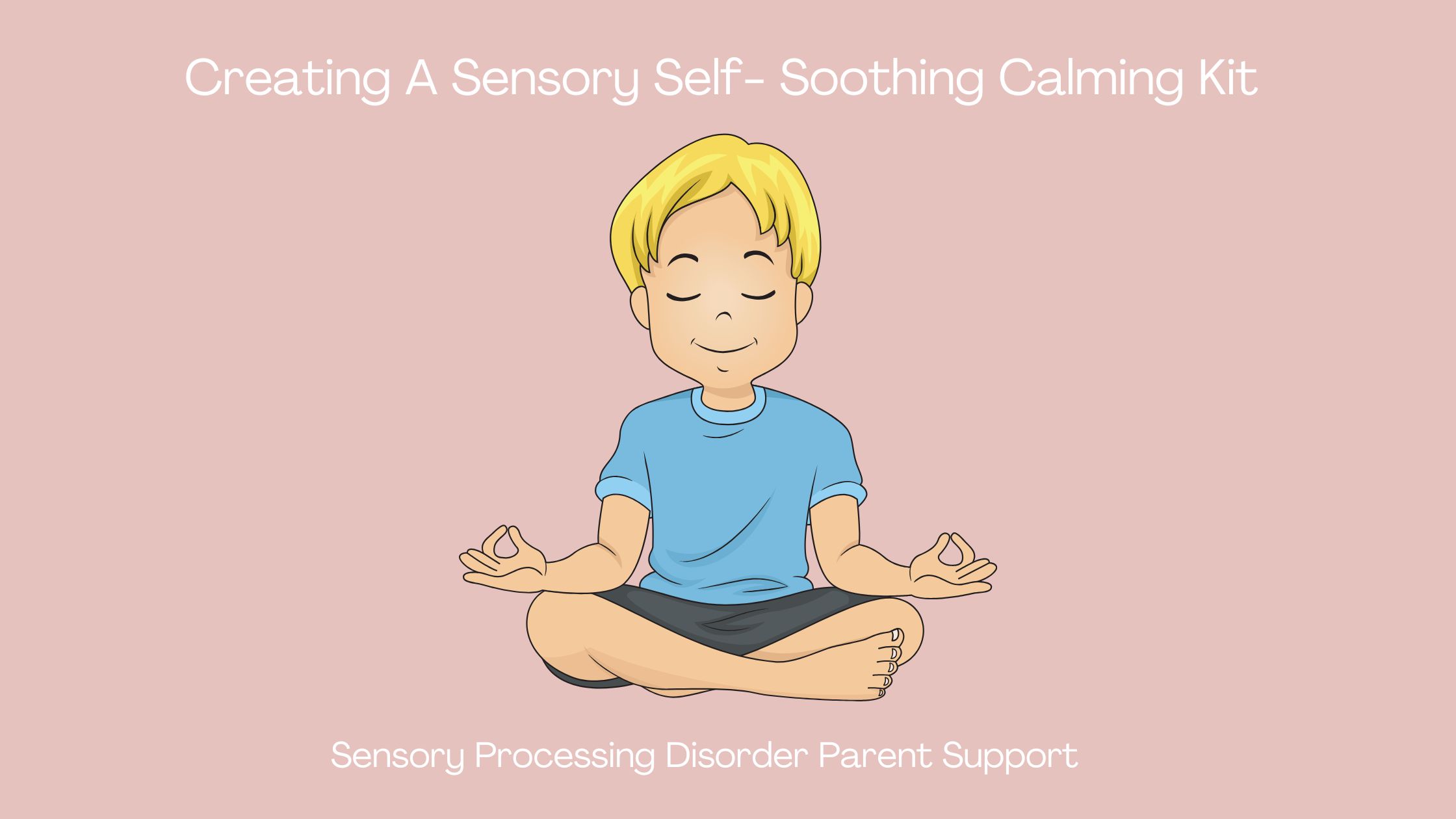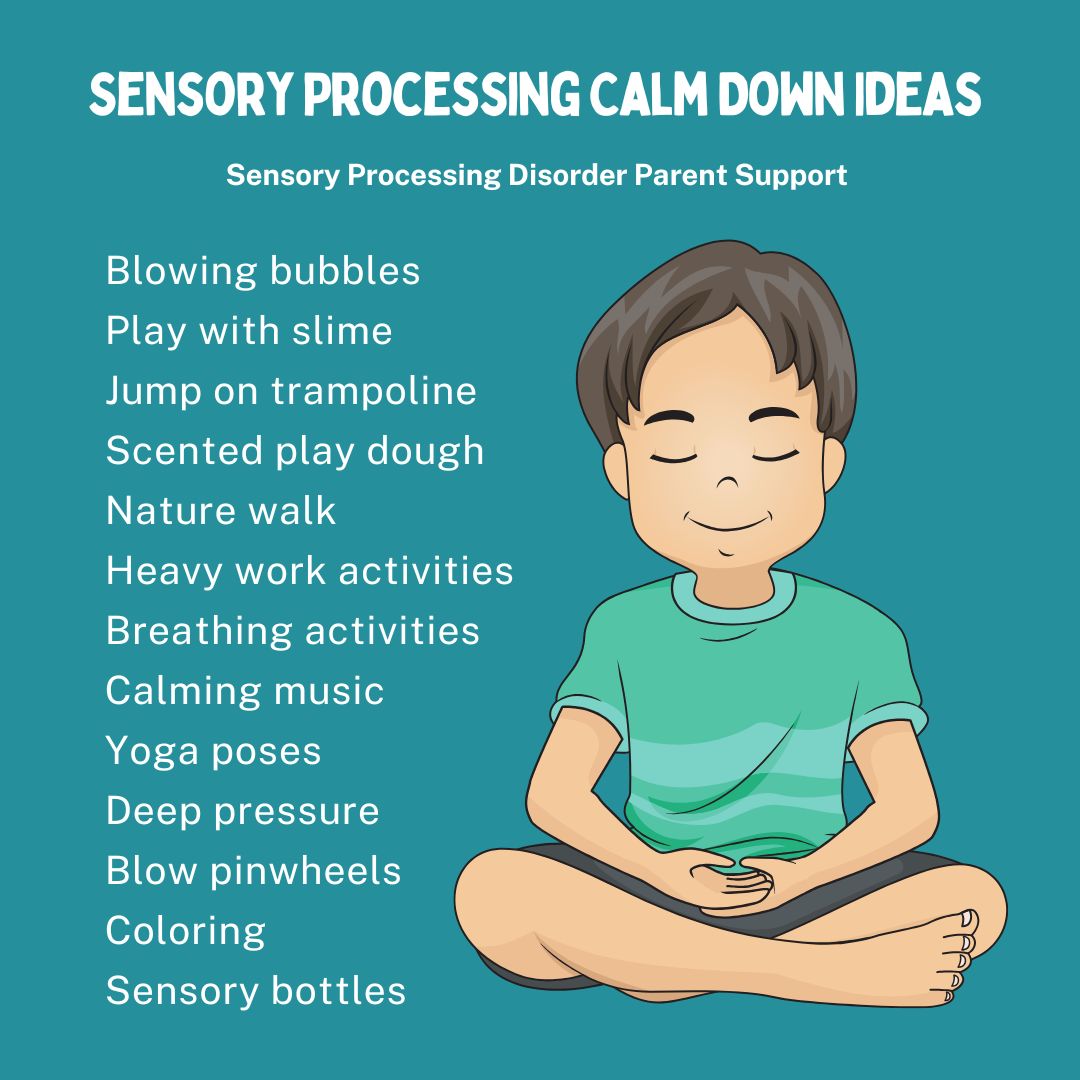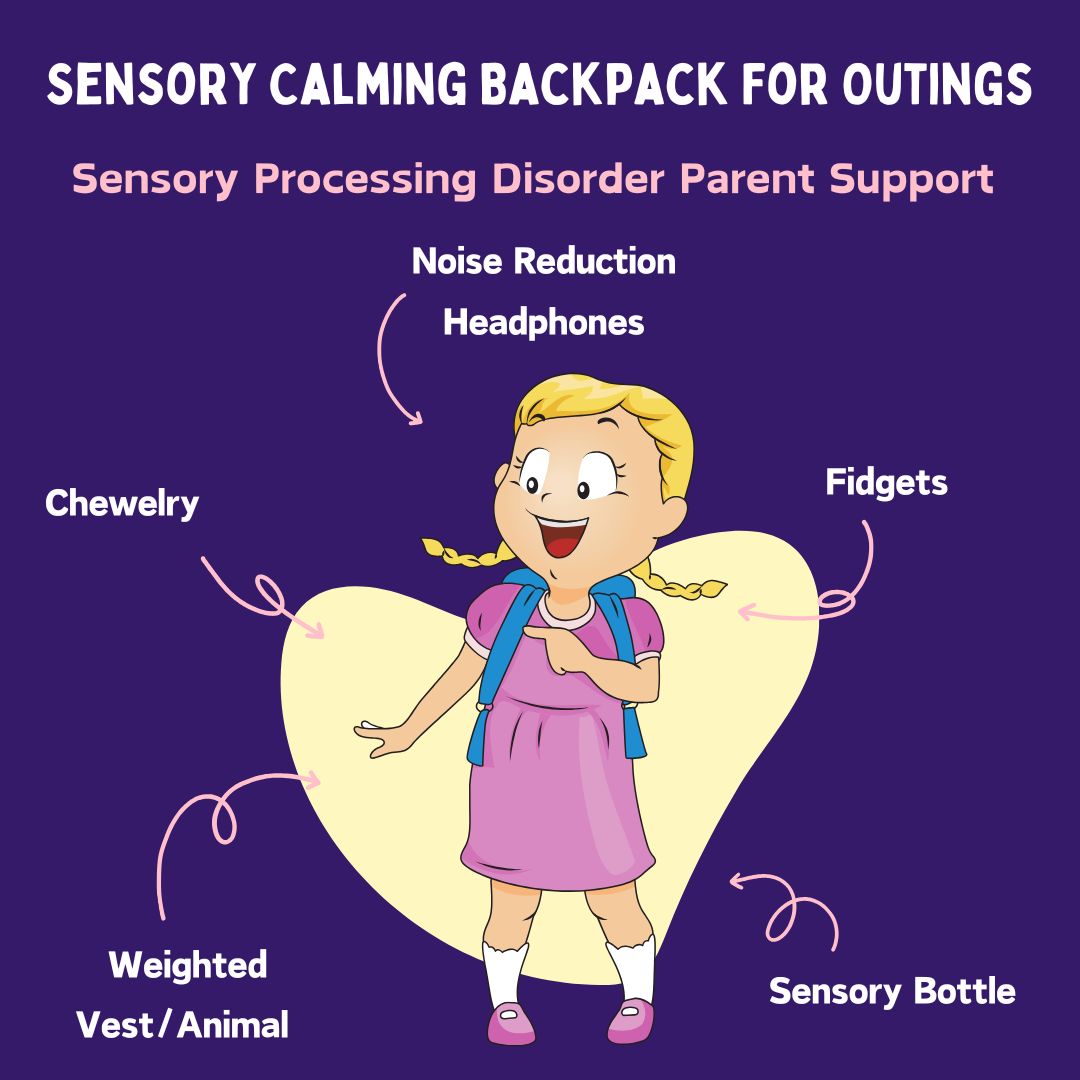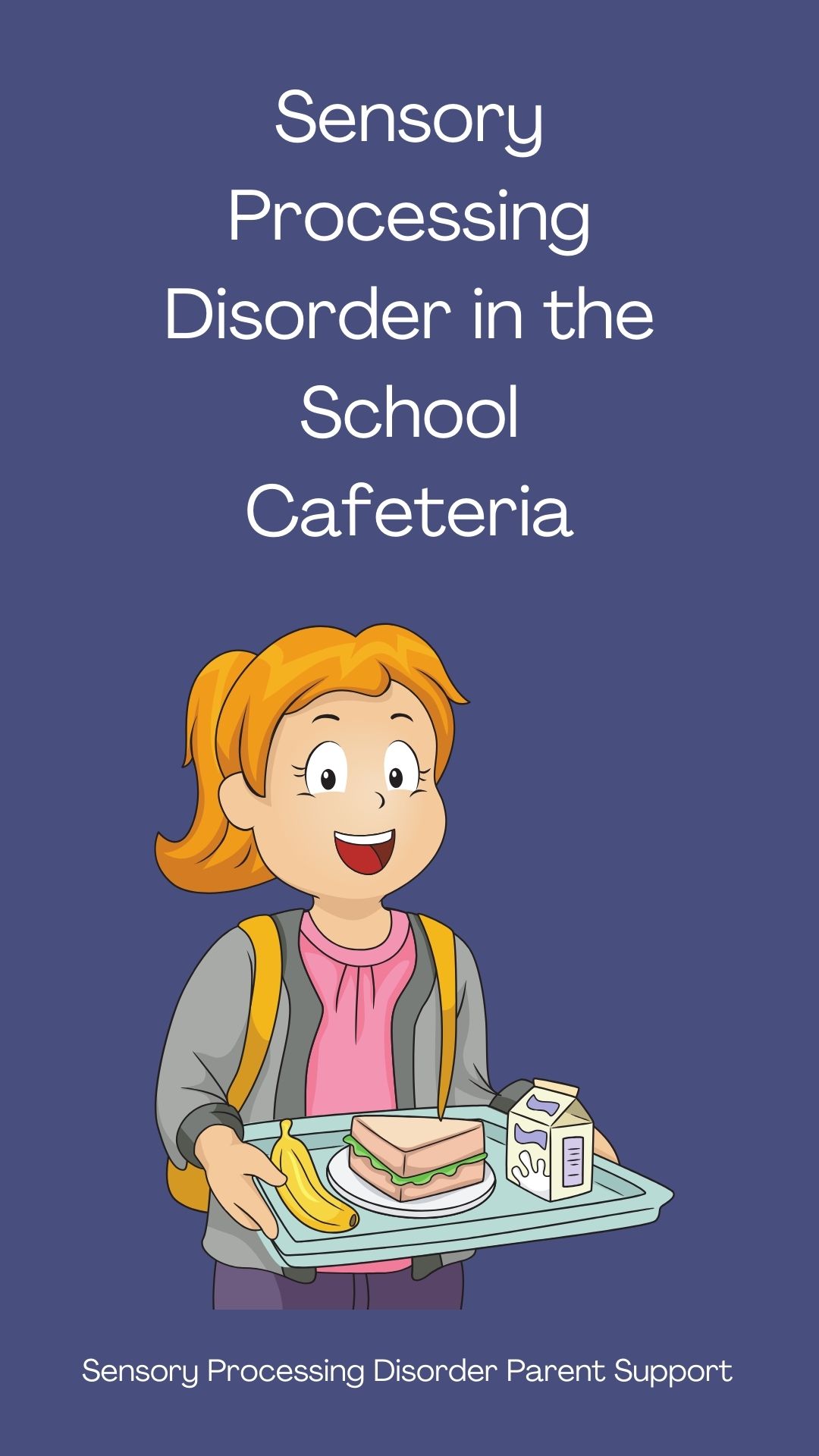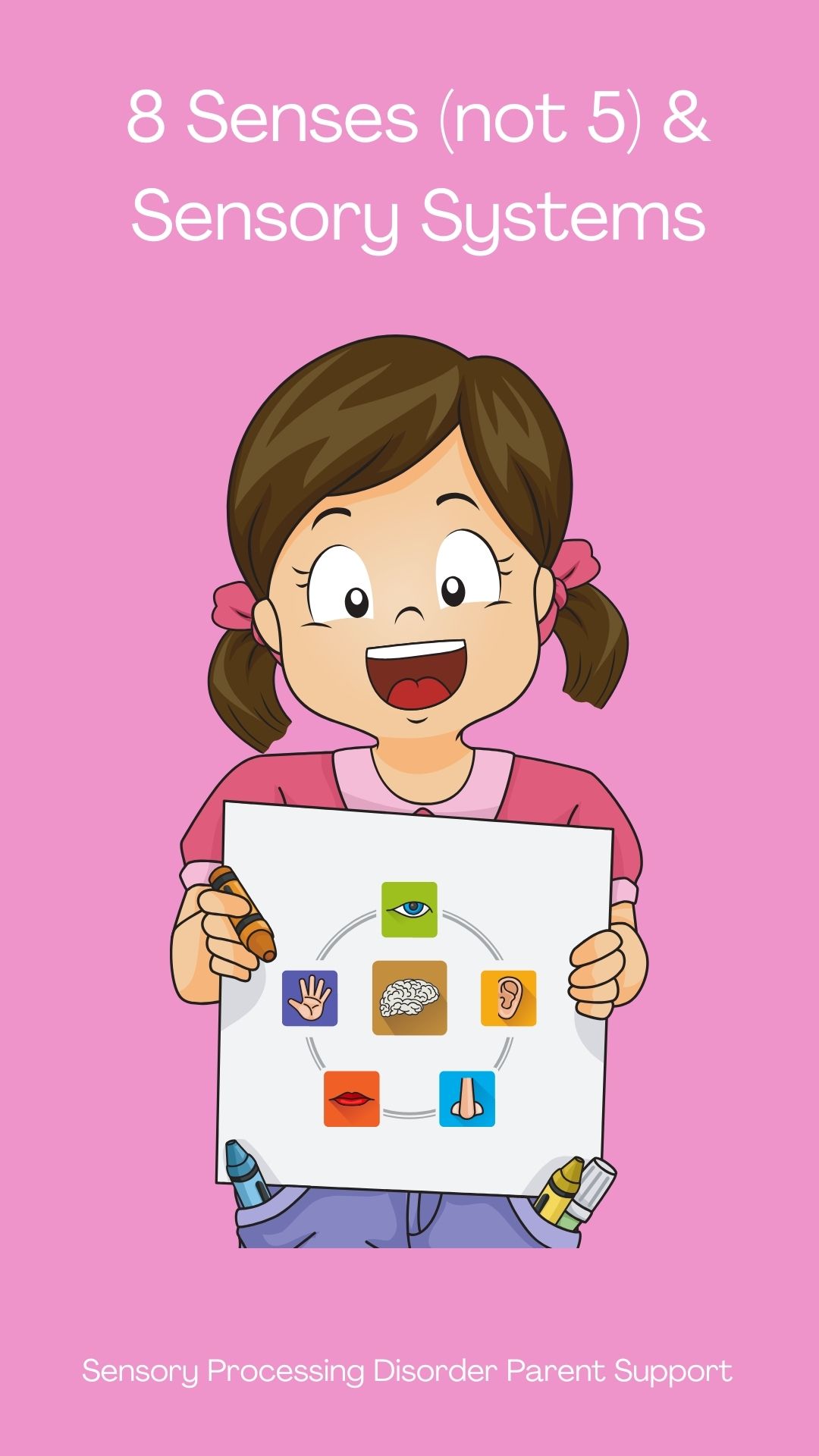
Sensory Processing Disorder Parent Support
Creating A Sensory Self- Soothing Calming Kit
Children with sensory differences ... painting the world beautiful.
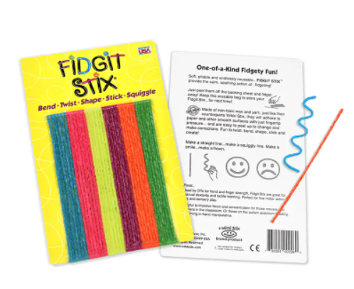
Wikki Stix
Fidgit Stix
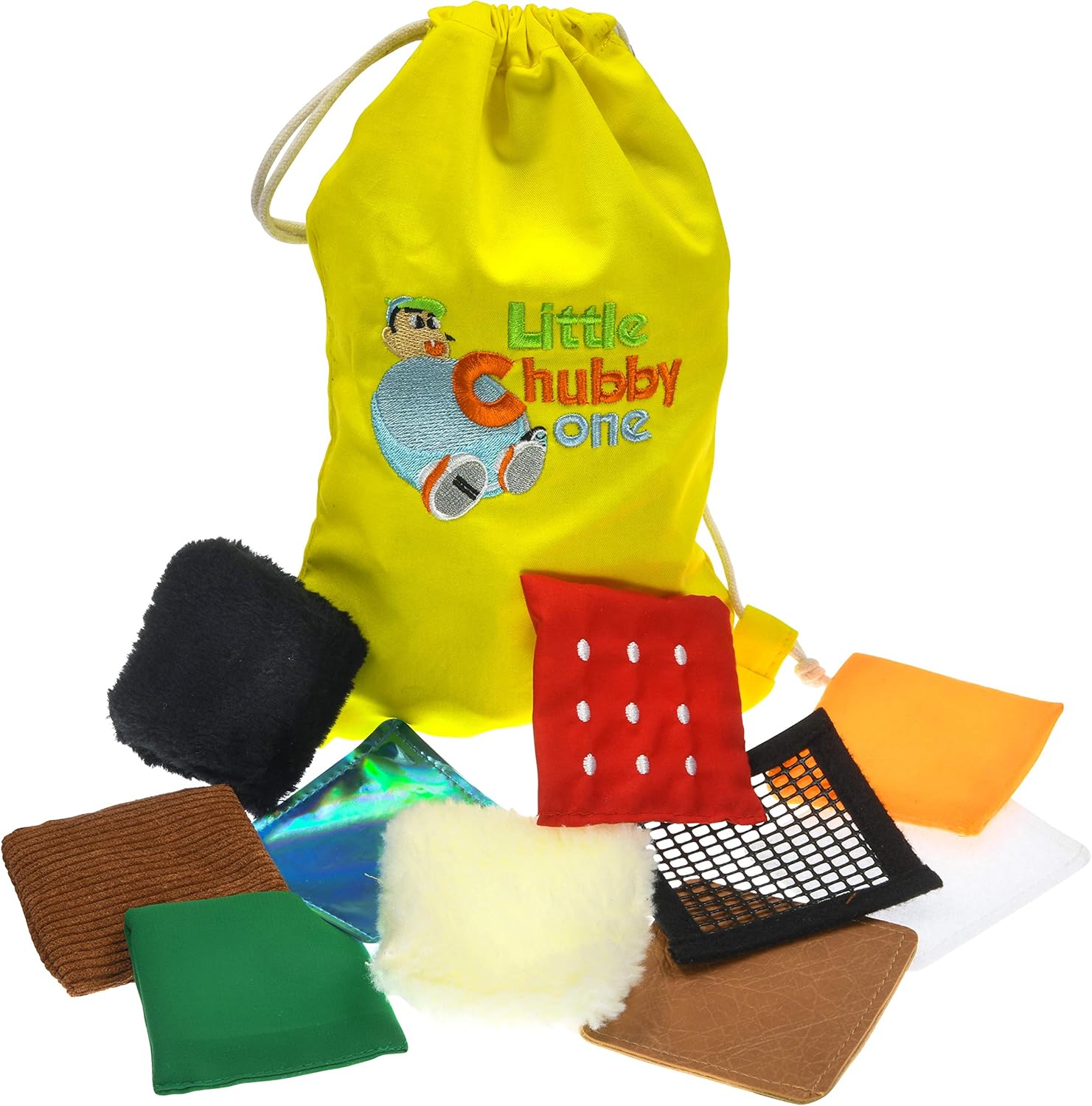
Amazon
Sensory Textured Tactile Squares Set of 20
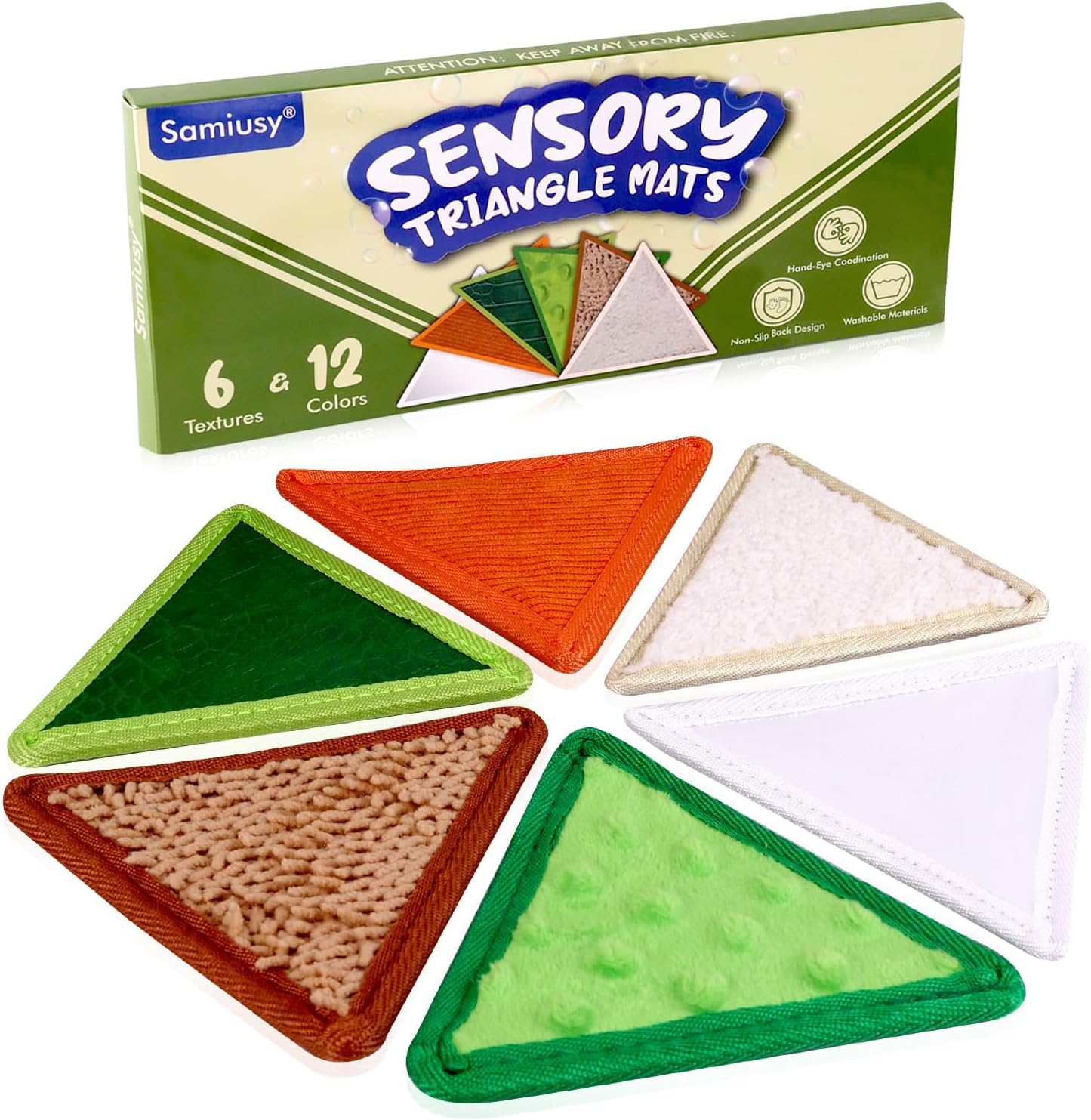
Amazon
Mini Mats 6 Tactile Texture Sensory Toy Set
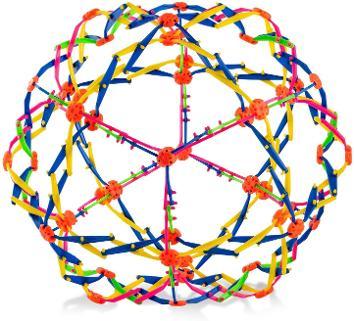
Amazon
Expandable Breathing Sphere Ball
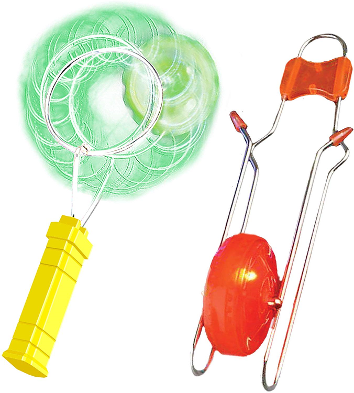
Amazon
Retro Gyro Wheel & Rail Twister
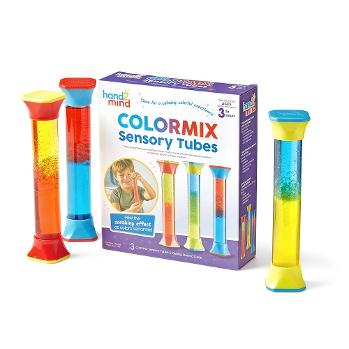
Amazon
ColorMix Sensory Tubes
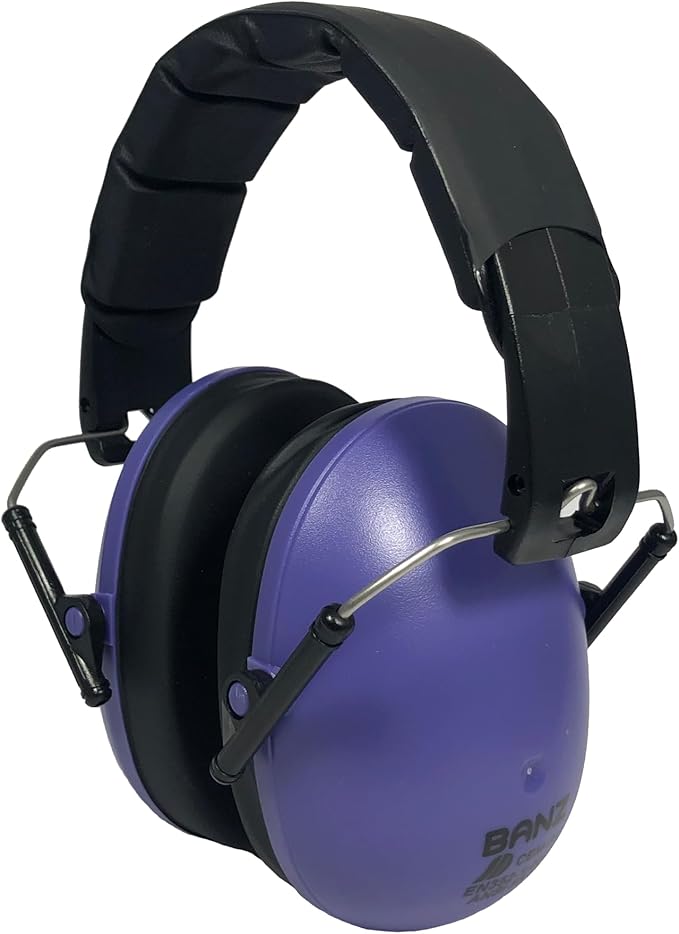
Amazon
Banz Kidz Noise Canceling Kids Headphones
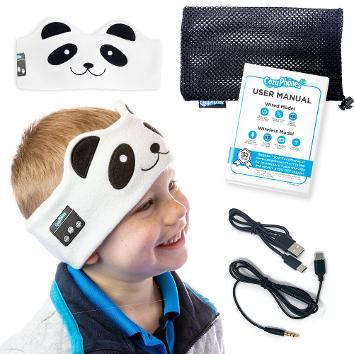
Amazon
CozyPhones Children's Headphones
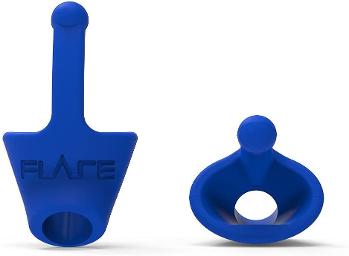
Amazon
Flare Audio Calmer Kids ear Device
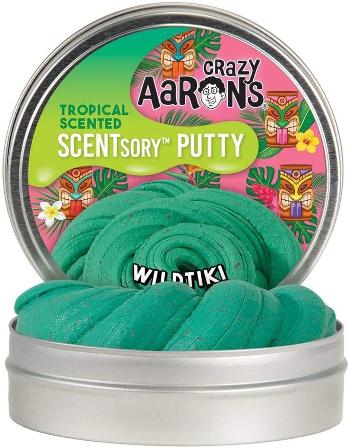
Amazon
Crazy Aaron's SCENTsory Putty
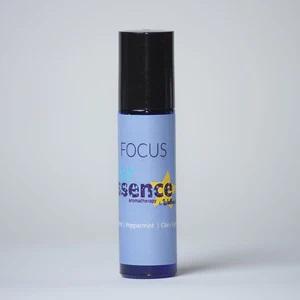
Wellnessed Boutique
Star Essence Focus Rollerball Blend
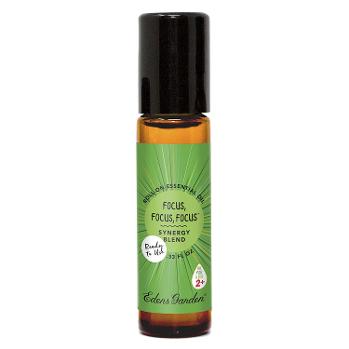
Amazon
Eden's Garden Focus Focus Focus Rollerball
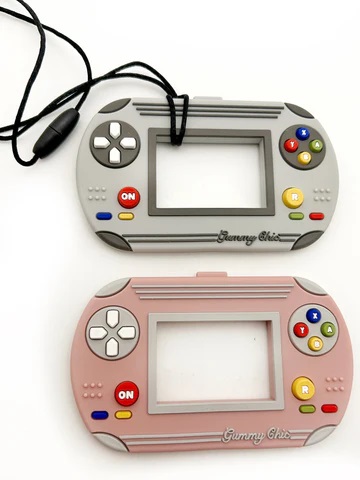
Gummy Chic
Video Game Sensory Chew Pendant
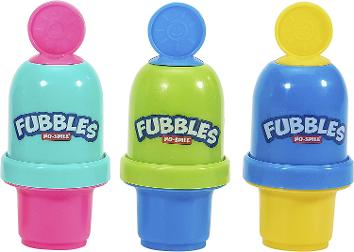
Amazon
Fubbles Bubbles No Spill
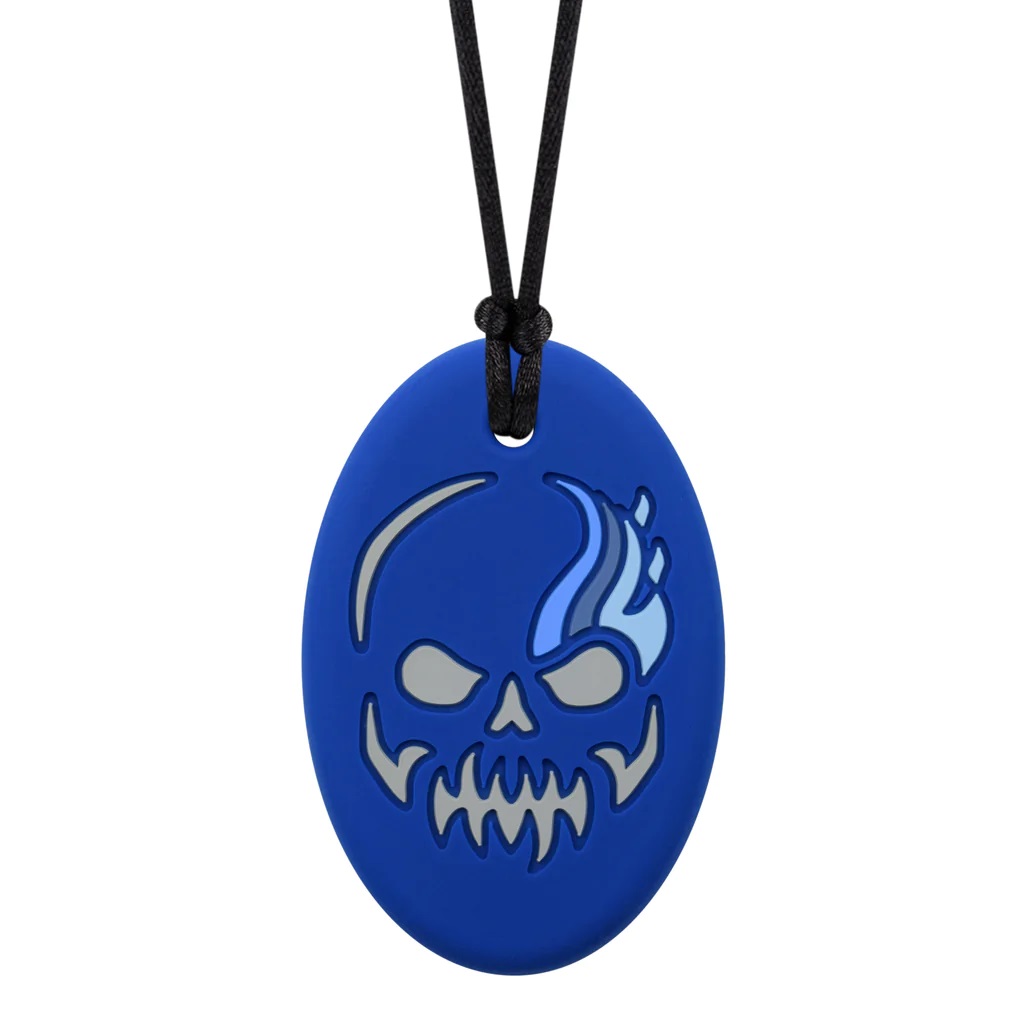
Munchables Chewelry
Munchables Flaming Skull Chewelry
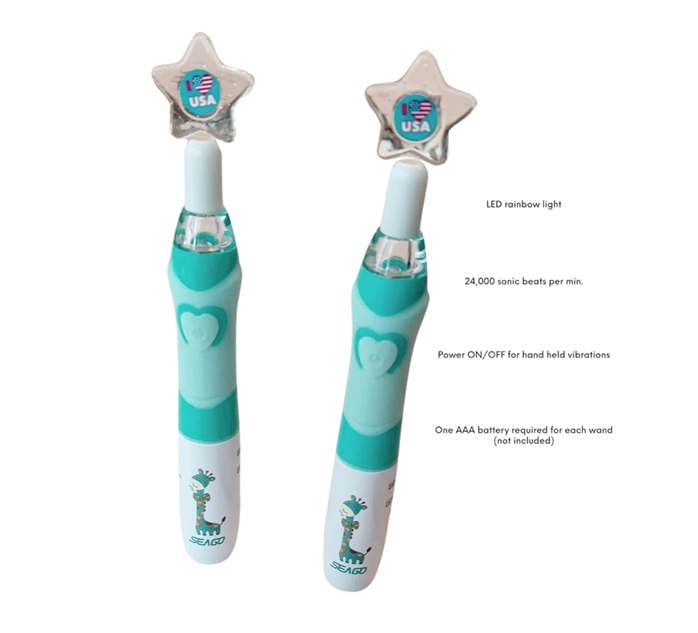
Amazon
Calming Vibration Self Regulation Tool
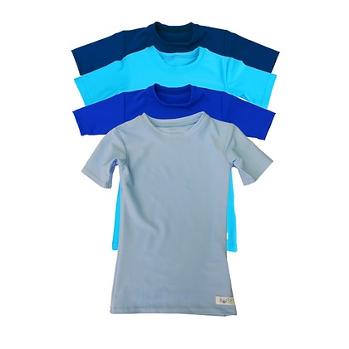
Kozie Clothes
Kozie Clothes Sensory Compression Shirt
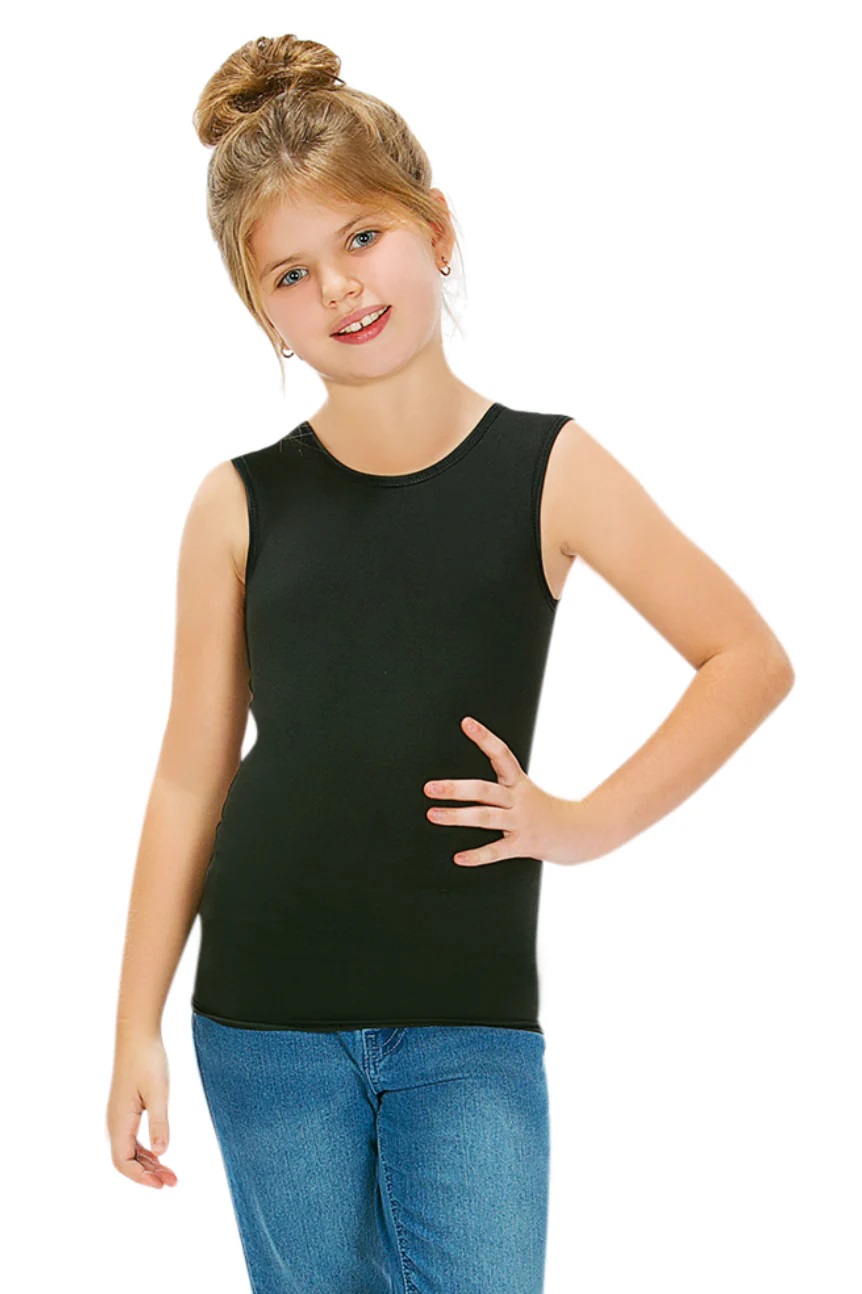
CalmCare
Sensory Calming Undervest for Girls
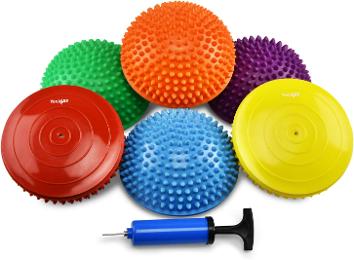
Amazon
Hedgehog Balance Pods and Balance Discs
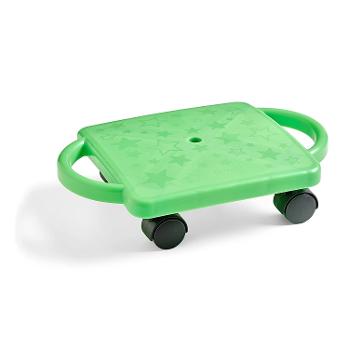
Amazon
hand2mind Indoor Scooter Board
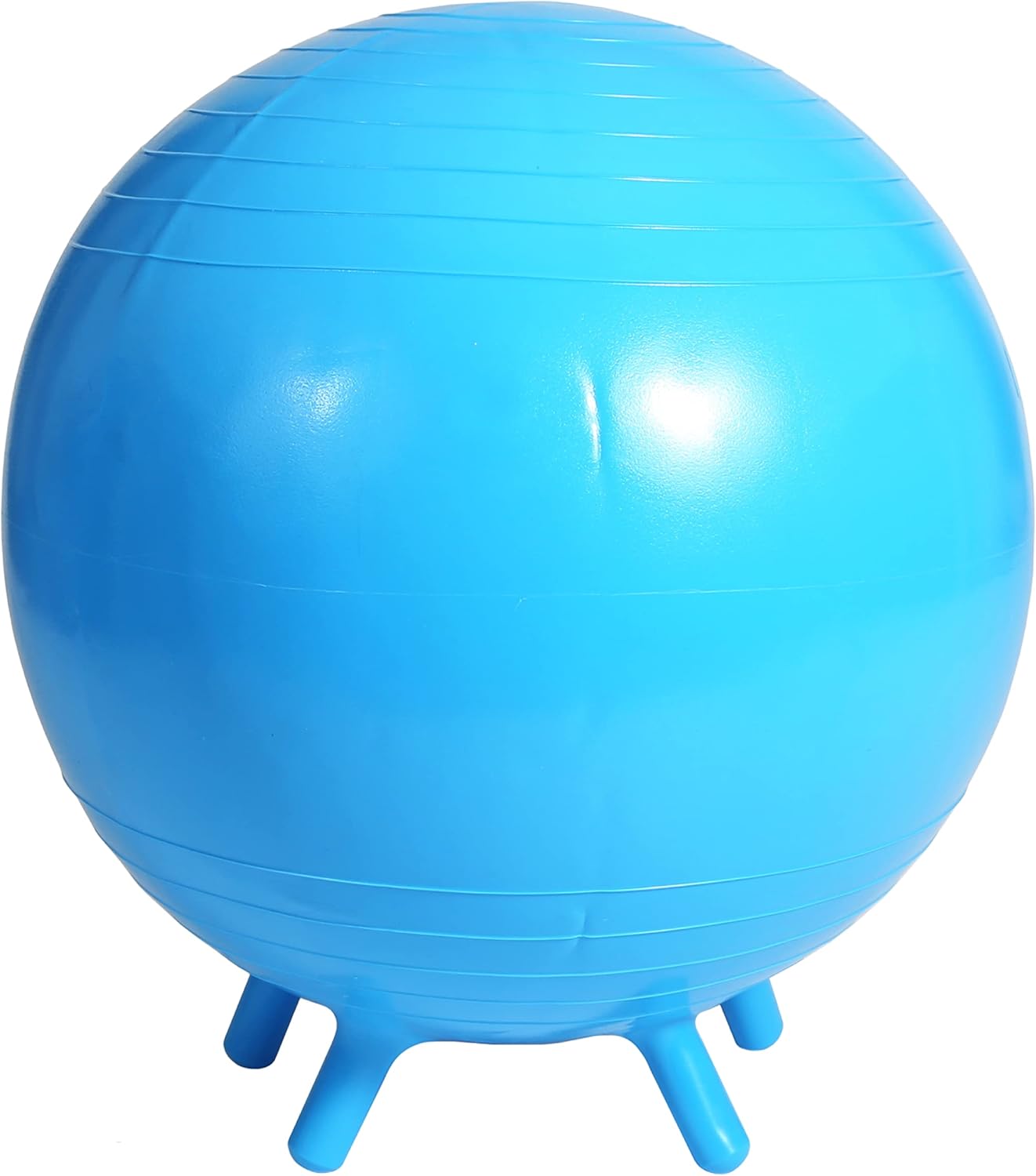
Amazon
Fun & Function Kids Sensory Chair Yoga Ball
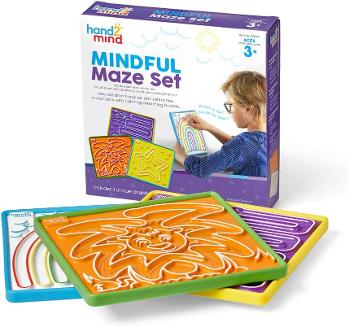
Amazon
hand2mind Mindful Maze Boards
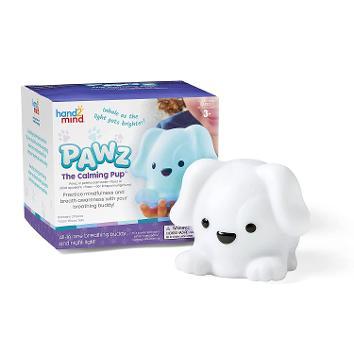
Amazon
hand2mind PAWZ The Calming Pup
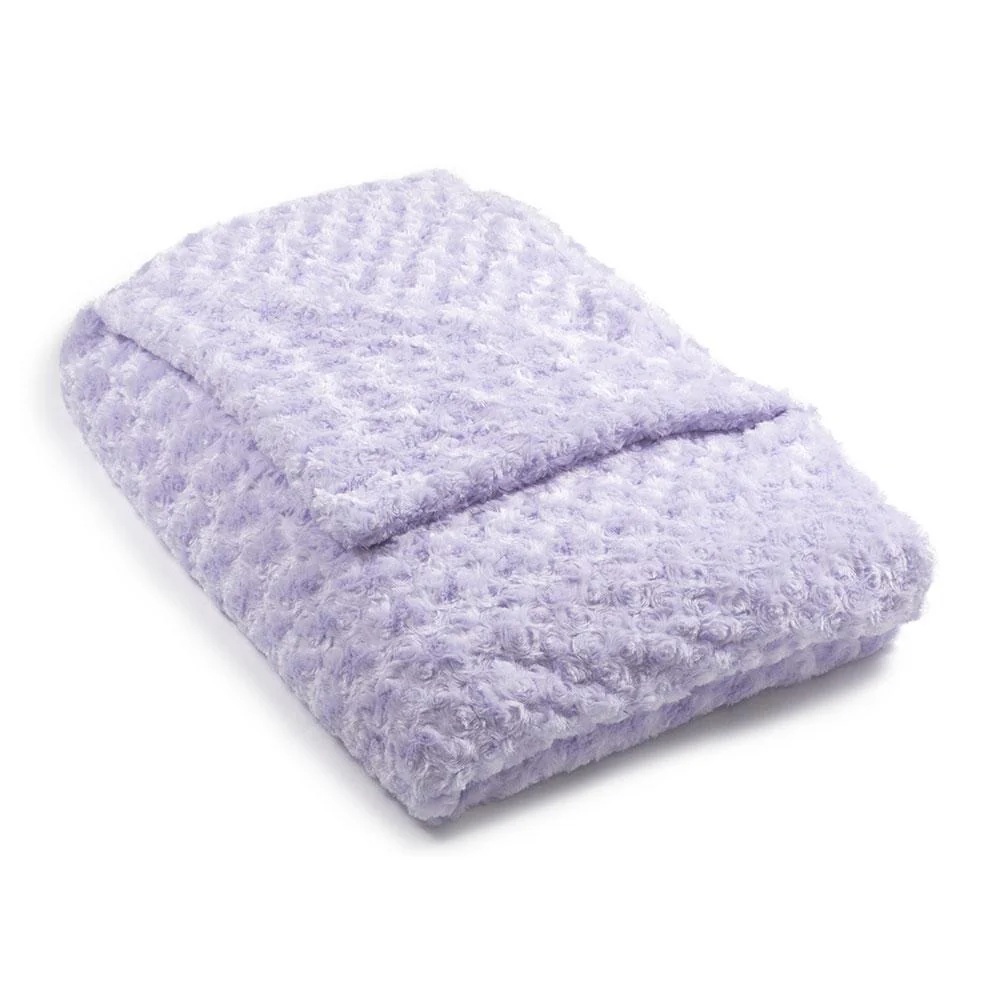
Magic Weighted Blanket
Lavender Chenille Weighted Blanket for Kids
